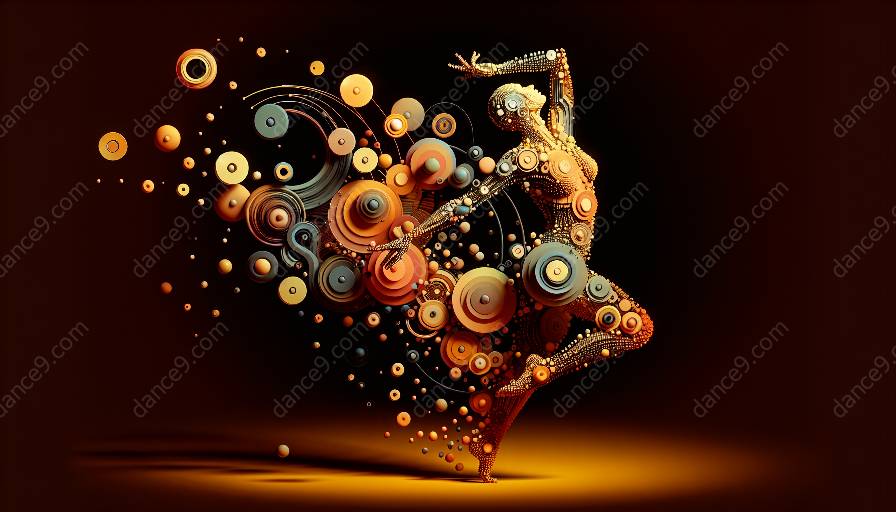When creating student film projects that incorporate dance & electronic music, understanding the legal considerations is crucial. The use of electronic music in film and television has transformed the way audiences experience visual media, but it also raises complex legal issues. This topic cluster will explore the intersection of dance & electronic music, and provide detailed insights into the legal aspects of using such music in student film projects.
Understanding the Impact of Dance & Electronic Music in Film and Television
Dance & electronic music plays a significant role in enhancing the visual and emotional impact of film and television. It sets the tone, creates atmosphere, and drives narrative momentum. The pulsating beats and rhythmic melodies of electronic music are particularly effective in evoking emotions and captivating audiences.
Furthermore, dance & electronic music is often closely associated with youth culture, modernity, and urban environments, making it a popular choice for student film projects seeking to connect with contemporary audiences.
Legal Considerations for Music Usage
When incorporating electronic music into student film projects, several legal considerations must be taken into account:
- Copyright: Electronic music is subject to copyright protection, and student filmmakers must ensure that they have the necessary permissions to use the music in their projects. This may involve obtaining licenses from the music's rights holders or using royalty-free music.
- Licensing: Understanding the different types of music licenses, such as synchronization licenses for pairing music with visual media, is essential. Each type of license grants specific rights to the filmmaker and ensures that the music is used legally.
- Clearance: Clearance refers to obtaining permission from all relevant rights holders, including composers, performers, and record labels, to use the music in the film. Failure to obtain clearance can lead to legal disputes and financial liabilities.
- Plagiarism and Sampling: Student filmmakers should be aware of the legal implications of sampling existing electronic music or creating derivative works. Unauthorized use of copyrighted material can result in legal repercussions, so it's essential to understand the boundaries of fair use and transformative work.
Compliance with Fair Use and Public Domain
While navigating the complexities of music copyrights and licensing, student filmmakers can also explore the concept of fair use and the public domain. Fair use allows for the limited use of copyrighted material without permission for specific purposes, such as criticism, commentary, or educational use. However, determining fair use requires careful consideration of the purpose and character of the use, the nature of the copyrighted work, the amount used, and the effect on the market.
Additionally, music in the public domain can be freely used by student filmmakers, as it is not subject to copyright protection. Understanding these concepts provides valuable insight into the legal options available when selecting music for student film projects.
Seeking Legal Advice and Resources
Given the intricacies of music copyright and licensing, student filmmakers are encouraged to seek legal advice from experts in entertainment law. Consulting with attorneys or music rights professionals can help ensure that their film projects comply with legal requirements and avoid potential legal issues.
There are also resources and organizations dedicated to educating filmmakers about music rights and providing access to music libraries and licensing options. By leveraging these resources, student filmmakers can navigate the legal landscape more effectively and ethically utilize dance & electronic music in their projects.
Conclusion
In conclusion, the inclusion of dance & electronic music in student film projects offers exciting opportunities for visual storytelling and emotional engagement. However, to harness the creative potential of electronic music ethically and legally, student filmmakers must prioritize an understanding of music copyright, licensing, and compliance with fair use and public domain principles. By integrating legal considerations with creative expressions, student filmmakers can elevate the impact of their film projects while respecting the rights of music creators and rights holders.






























